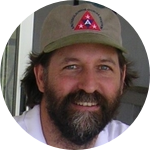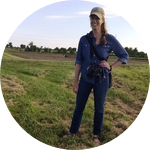About This Project
We aim to measure how parental care and predation risk impact juvenile survival rate of the endangered White-breasted Thrasher (WBTH). This enigmatic songbird lives exclusively on two islands in the West Indies and is gravely threatened by habitat destruction. Results will contribute to WBTH conservation measures and may inform conservation efforts of other insular songbird species.Ask the Scientists
Join The DiscussionWhat is the context of this research?
The White-breasted Thrasher (WBTH) is a moderately sized songbird of the family Mimidae, restricted in geographic range to less than 13 square kilometers on the Lesser Antillean islands of St. Lucia and Martinique. Considerable development for tourism and agriculture has severely reduced the habitat available for the WBTH, as pressure from introduced predators such as mongoose and feral cats have increased as well. At last estimate, only 200-400 individuals remain on the island of Martinique, and approximately 1300 individuals on St. Lucia. Despite the small geographic range, and population size, greater natural history and conservation efforts remain poorly informed regarding the habits of this species. Our aim is to collect information regarding nesting habits and juvenile success rates of the WBTH.
What we do know about the WBTH is intriguing: WBTH are particularly attentive parents, providing considerable care to young. Additionally, young WBTH often act as nest helpers, providing a "third-parent" role to rear young and practice parenting. And in response to reduced nesting habitat, WBTH may breed cooperatively. Although attention has been paid to WBTH reproduction, comparatively little has investigated what happens once juveniles fledge (leave the nest).
What is the significance of this project?
Once WBTH nestlings fledge (leave the nest), they may remain dependent upon parental care for several months. Currently however, ecological songbird studies often incorrectly define nest success by assessing the success of the nest, i.e. getting nestlings to fledge. However, this is just one more step on the road to independence for juvenile WBTH. And using this standard may erroneously draw conclusions regarding population strength and viability.
By attaching radio transmitter "backpacks" to fledgling WBTH, we hope to improve conclusions about reproductive success and population stability of the WBTH on St. Lucia. This will hopefully include information about natural history and movement patterns of fledglings, duration of the fledgling period, and the impact of predation—particularly by introduced mammalian predators. As a West Indies endemic species, the WBTH evolved in the absence of introduced predators such as feral cats and mongoose. Considering the majority of extinctions worldwide have involved island-endemics this research is particularly pertinent to insular species such as the WBTH, and may hopefully be applied to conservation efforts of other Caribbean birds.
Increasing the accuracy of WBTH juvenile survival estimates by tracking survival from fledging to independence will improve understanding of population growth—information that can be applied to conservation and management of other avian species. Juvenile survival has not been studied in an insular and cooperatively breeding species, such as WBTH. Investigation of WBTH juvenile behavior will increase understanding of nest-helper effects in buffering small populations of island-endemic species from extinction. Knowledge of helper behavior may apply to other threatened cooperative breeders, many of which are also Neotropical island species.
Understanding the behavior and response of island birds such as the WBTH is tantamount to conservation efforts, particularly in the Caribbean. The West Indies are of particular concern due to the high number of endemic species, deforestation, and rapid, unregulated tourism development.
What are the goals of the project?
We aim to investigate several aspects of WBTH behavior and maturation through a number of ecological questions:
1. Is there a discrepancy in
survival estimates for WBTH nests and fledglings? If nest survival estimates are different than fledgling survival estimates this will suggest nest survival alone can be a misleading indicator of seasonal productivity. If fledgling survival is high while nest survival is low, population growth could be more sensitive to fledgling survival than nest survival and conclusions about population viability should not be based solely upon nest success.
2. Are there differences in post-fledgling survival between cooperative vs. single-pair groups? If cooperative groups have higher fledgling survival, extent of fragmented habitat may be an important factor in territory and nest-site selection. Cooperative WBTH may be optimizing disturbed habitat through increased post-fledgling care. Conservation measures should seek to manage both nesting habitat and post-fledgling habitat.
3. Do helpers play an anti-predator role in post-fledging care? If helpers play an anti- predator role in post-fledgling survival then the effects of post-fledgling care may be amplified for cooperative species.
Budget
Funds generously donated will be used directly over the field season (June - August 2014) to cover the costs of field supplies and materials. While a considerable portion of donations will allow the purchase of banding and radio tracking equipment, the greatest costs come in the form of transportation ($700 airfare, $600 ground transportation), salary for an employed field technician from the St. Lucia Forestry department - a requirement of our permits ($1000 per month), and housing ($400 per month - $1000 total).
Achieving our base goal will allow us to continue to carry out our research on the cooperative breeding habits of the WBTH. But by reaching our stretch goal, you'll enable us to purchase a number of radio transmitter "backpacks," to actively track and follow fledgling WBTH, and determine what becomes of them once they leave the nest. Understanding fledgling survival of the WBTH is necessary to establish recruitment rates within the population, particularly for population viability. In other words, once these birds have left the nest, how many are surviving to an independent state?
Endorsed by
Meet the Team
Team Bio
Katherine hatched out of her egg in Pennsylvania and was translocated to Vermont as a fledgling, where she developed a love of nature. She migrated south to Asheville, NC for her college years where she studied biology and organic farming. Kate has followed ornithology field jobs to the islands of Maine to study puffins, Puerto Rico to band tropical songbirds, and Point Reyes on the coast of Northern California. She is now pursuing her love of birds and the natural world via a Master's at Villanova University. This summer will be her second field season on the lovely island of St. Lucia, studying her new favorite bird, the White-breasted thrasher.Press and Media
Cornell Lab of OrnithologySpecies Account of the White-breasted Thrasher
Authors: Mortensen, J.L., Katherine F. Freeman, and M. N. Morton
American Bird Conservancy blog
The Art of Waiting on St. Lucia's White-breasted Thrasher
Author: Katherine F. Freeman
Additional Information
IUCN RedlistEndangered Species - the White-breasted Thrasher
American Bird Conservancy
Bird of the Week; the White-breasted Thrasher
Birdlife International
Species Account of the White-breasted Thrasher
Photo credits: Gunnar Kramer
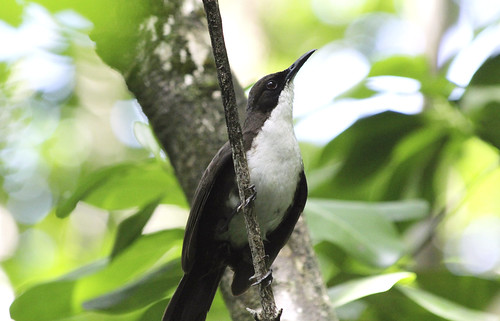
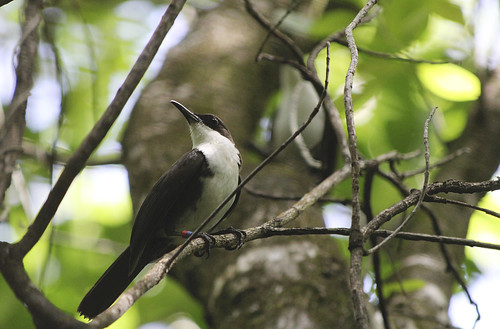
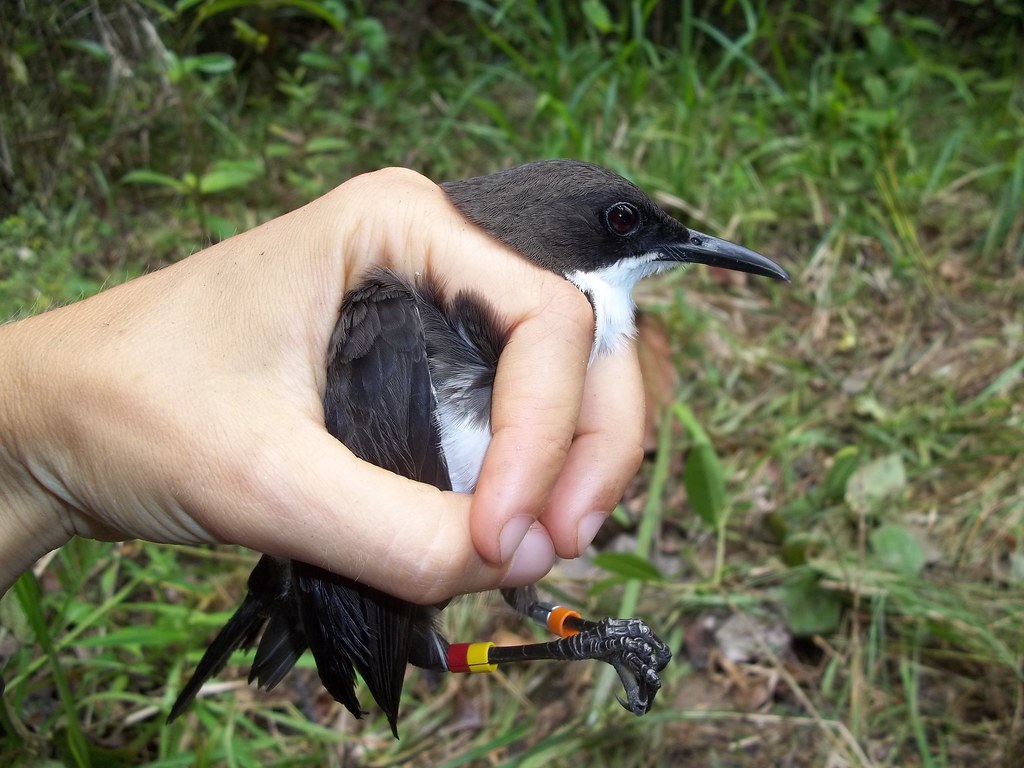
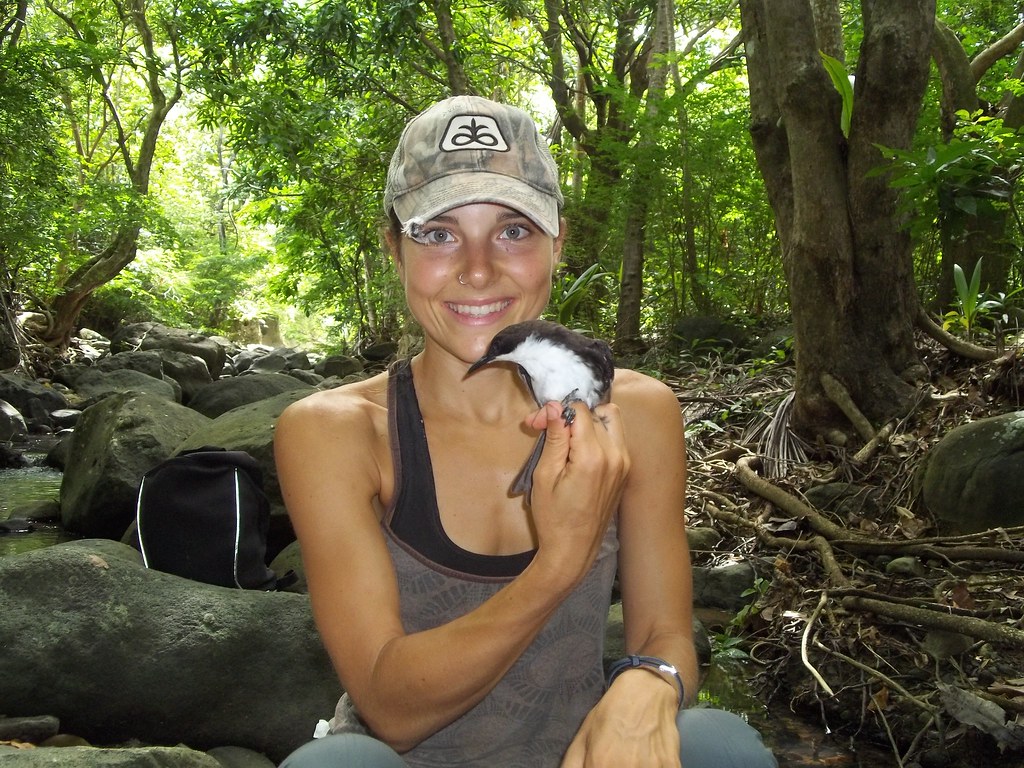
Project Backers
- 21Backers
- 135%Funded
- $3,388Total Donations
- $161.33Average Donation

